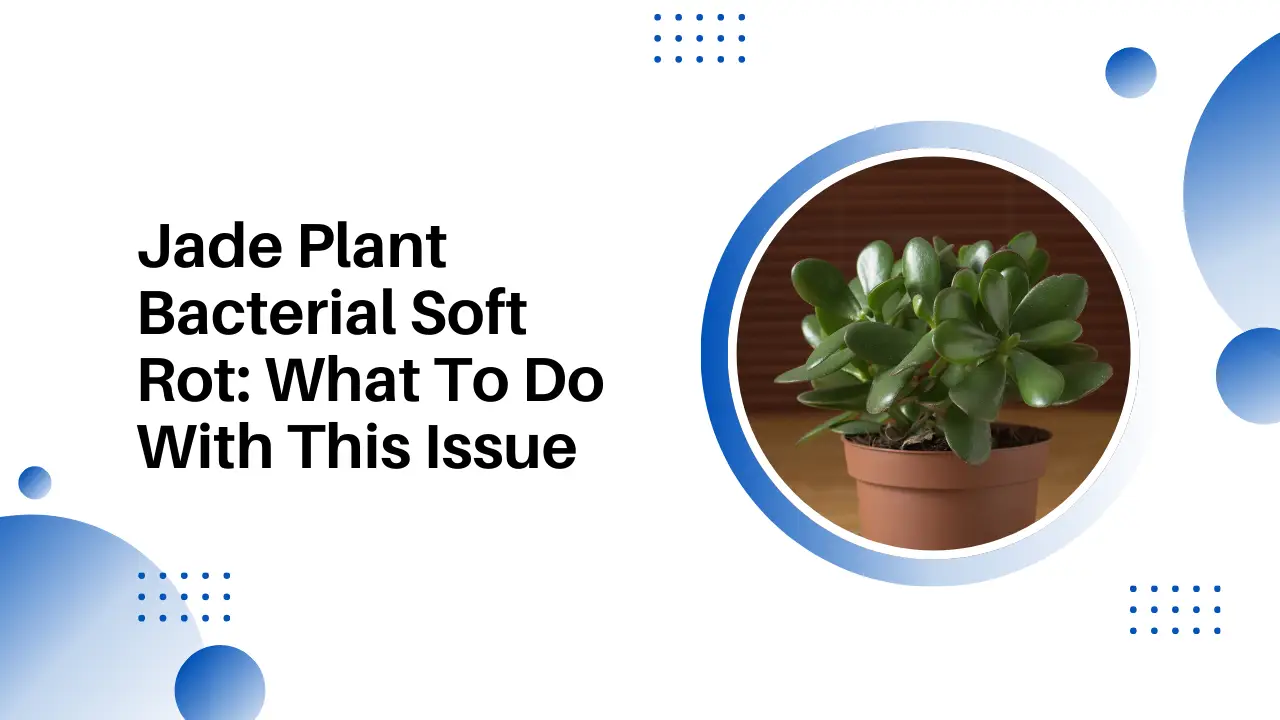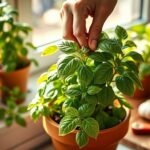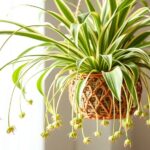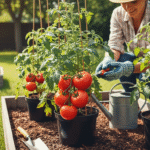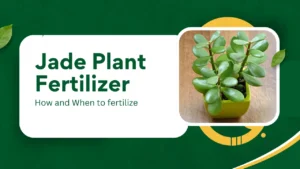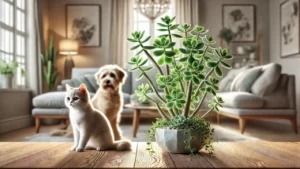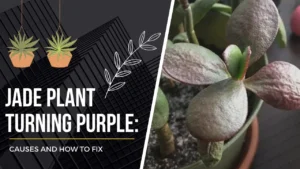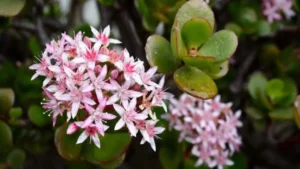Although the jade plant is an easy plant to maintain, it can also pose a few problems. A bacterial soft rot jade plant can cause serious problems if you do not act fast to eliminate it.
Upon infection, Erwinia bacteria feed on every part of your Jade plant, causing this bacteria to multiply. Besides your jade plant, other plants in your garden can also be affected by this bacterial soft rot.
Bacterial soft rot jade plants are serious issues, but do you know how to identify these problems? Do you know what causes such situations and how to deal with them? You don’t need to worry if all of these questions are bothering you because this post will clarify everything you need to know.
Table of Contents
Bacterial Soft Rot In Jade Plants: What Is It?
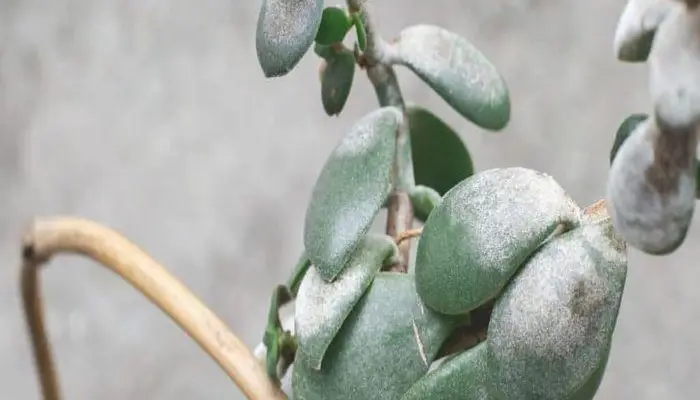
In Bacterial Soft Rot, a typical bacteria called Erwinia is responsible for the decay. It starts feeding on all parts of the plant once it becomes infected with this disease. Eventually, the plant begins to wilt and droop when the rot spreads all over.
It is a lethal problem in plants such as the Jade plant, so it is imperative to deal with it as soon as possible. Furthermore, there is no permanent solution to this problem. Yet, there are only a few gardening practices that can be used to manage it.
In the following section, I will share some tips that can help you control this issue in your Jade plant.
How To Fix Bacterial Soft Rot In A Jade Plant
Now let’s examine how you can manage bacterial soft rot –
Take a close look at your jade plant
Your first step should be to check out the plant as soon as you feel there is something wrong.
If the leaves are drooping and the stems are soft, you need to examine the plant. This will give you an idea of the possible cause.
Below are some suggestions you can use if you are experiencing a bacterial soft rot issue.
Isolate your plant
When you realize the plant is infected, you must isolate it from the others.
To control the bacterial problem, this is an essential step. Therefore, you should start by isolating the plant and putting it far away from your main garden.
In the case that you have kept the plant in your bedroom, you need to move it to another room.
I’m sure you are wondering why this step is so important. There is a good reason for that.
Well, the problem itself is to blame. Because the disease spreads rapidly and affects other garden plants. Besides that, you can’t fix the problem. Thus, it makes sense to focus on some preventive measures.
Remove affected parts by bacterial soft rot
As you can only control the problem, you should remove the affected parts as soon as possible.
Simply remove some branches and leaves if they are damaged by bacteria. Also, don’t forget to properly dispose of them as well.
In no time at all, the bacteria will come back to damage the plant if you leave them lying in the soil.
Moreover, there is always a risk of spreading it to other indoor plants. Thus, you must dispose of them safely in the bin rather than throwing them in the garden or somewhere else in the open.
Transplant the jade plant
After removing the damaged leaves and branches, move the plant to a new pot. By doing this, you will be able to provide the plant with better growing conditions.
With the new growing medium and dry surface area, any such issues can be avoided. Also, adding fresh soil to your garden will also boost plant growth.
Hence, this step plays an important role in managing the bacterial problem of soft rot in Jade.
Take out the soil and dispose of it
As with the affected parts, the old soil should also be thrown away safely.
Also, never reuse the same soil for other plants, regardless of how tempting it may seem. In the same soil, soft rot bacteria might also exist, which could affect the new plants.
As soon as the problem spreads throughout the garden, you will have no option but to remove all the plants.
Moreover, be careful when dealing with this type of issue. As it may appear that the damage to the Jade plant is minor at first, but it can spread rapidly.
Improve airflow in the plant’s room
It is generally due to wet conditions that these issues arise. In such conditions, bacteria and fungi often thrive.
And if you live in humid climates, they will grow even faster. So, once you have transplanted the plant, move it to a place with adequate ventilation so that it can grow healthy.
As soon as the plant receives enough airflow, its surface area dries out very rapidly. This is what you should be aiming for when you manage bacterial soft rot.
Dry surfaces aren’t conducive to the growth of these bacteria. Furthermore, it prevents the spread of disease from one plant to another. Hence, ensure that your soil and plant surfaces are dry!
Ensure your jade plant receives enough sunlight
It is not enough to have good airflow to solve this problem.
In shady and low-light environments, these bacteria also grow rapidly as they do in wet conditions.
The best thing you can do to prevent the growth of bacteria is to place the Jade plant’s container in direct sunlight. This will prevent it from growing.
In time, the plant should be able to deal with the problem as it becomes stronger.
Do not overwater your plant
Last but not least, you will need to water your affected plants sparingly.
As a succulent houseplant, the Jade plant doesn’t require much water for growth. Therefore, do not overwater your plants.
If you fail to correct this problem, the bacterial soft rot will spread to all parts of the plant in the future. As a result, the plant will not be able to survive at all.
If you want to save your plant, you should only water it when you see any signs of it being underwatered. Also, it is not a good idea to mist the plant.
Additionally, stop misting your plants in the morning or evening if you have a habit of doing it. Since bacteria love wet conditions, they will do even more damage.
In the next section, you will find answers to some of the most commonly asked questions. Hopefully, they will answer any questions you may have.
Conclusion
Having a problem with bacterial soft rot in your jade plant is something you would never want to see.
In spite of the fact that it is hard to determine how these bacteria make their way to the plant, the soil may be the primary culprit.
So, if you find signs of rot in your plant, you may need to re-pot it. Also, take a look at the suggestions mentioned above.
Please let me know if you have any further questions in the comments below. I would appreciate it if you shared this guide with your friends and family if you found it useful.
FAQs
Q1. Can a rotted jade plant be saved?
Yes, you need to stop watering rotting Jade plants entirely to save them. It invites all sorts of problems, including fungus and bacteria, when you overwater the plant.
As I mentioned in the guide earlier, these elements grow rapidly under wet conditions. As a result, the first step should be to limit the frequency of watering.
In addition to that, you can spray some fungicide on the plant. This will prevent the problem from spreading further.
Last but not least, you should re-pot the plant. It’s that simple to save rotted jade!
Q2. What Are the Signs of Jade Root Rot?
Your Jade plant might have root rot if it is wilting and the leaves are dull.
By pulling the plant out of its container, you can confirm this issue. Check the roots of the plant by removing them from the pot.
The presence of too many dark leaves beneath is an indication of root rot. Additionally, if you look at the roots from the bottom, you will see water in the soil. That’s another sign of the same problem.
Q3. Is it possible to fix an overwatered jade plant?
Yes, it is. Transplant your Jade plant if it is overwatered. This is the most reliable solution.
In the absence of another pot, simply replace the soil in the existing one. Here, providing the plant with a dry growing medium is the most important task. Hence, by controlling the issue entirely, you should be able to solve it.
Q4. Is it possible to save a dying jade plant?
It is possible to save a dying Jade plant, but it all depends on the severity of the damage.
It isn’t much you can do if most of the branches and leaves have already begun to droop.
When this happens, you should get rid of the affected plant.

